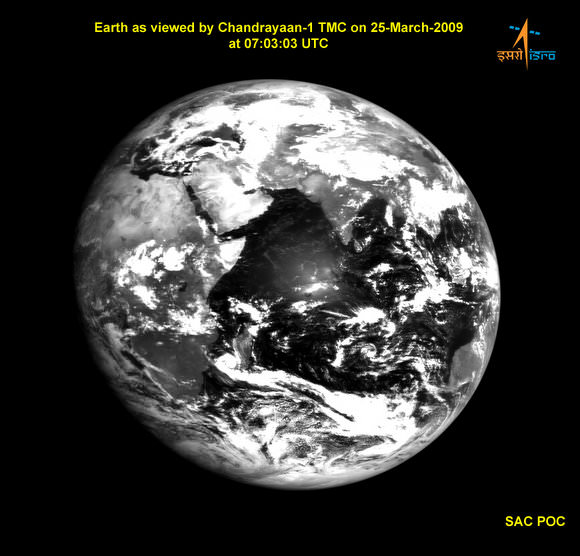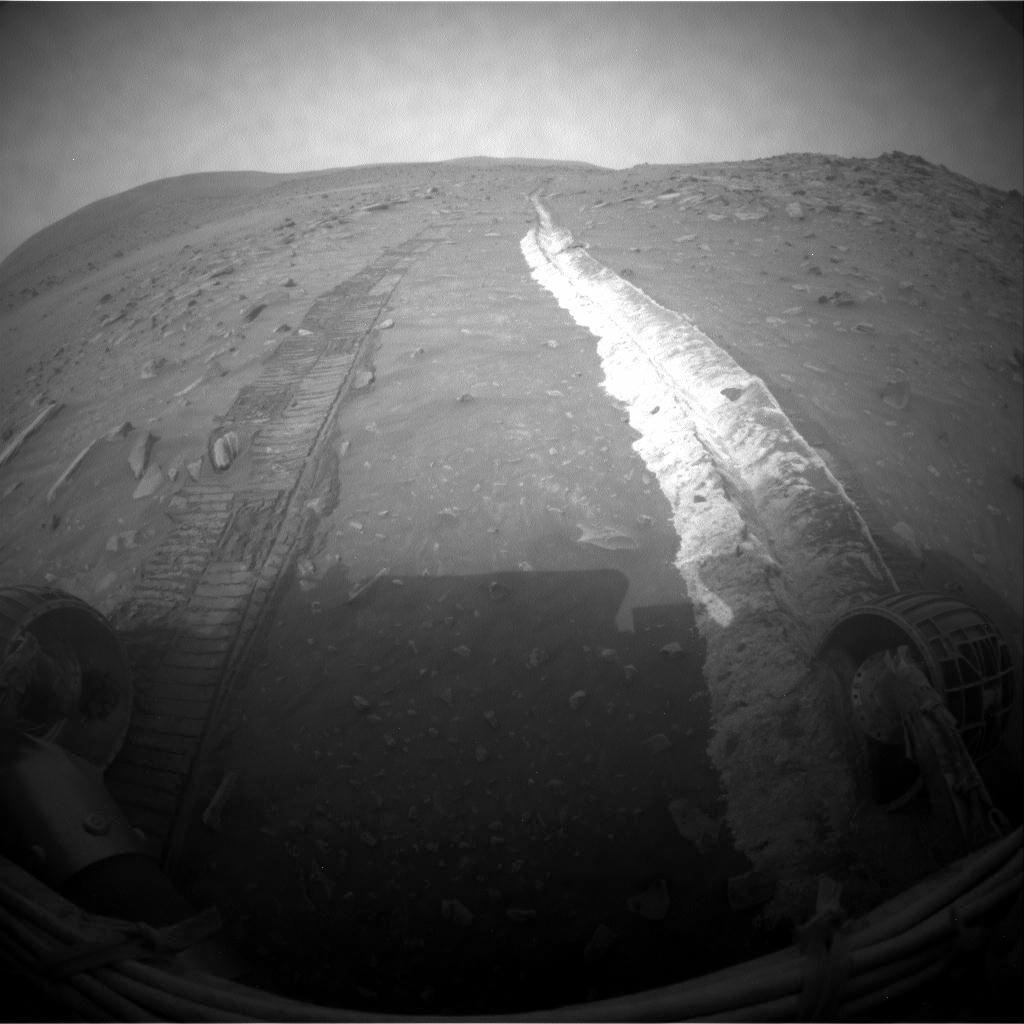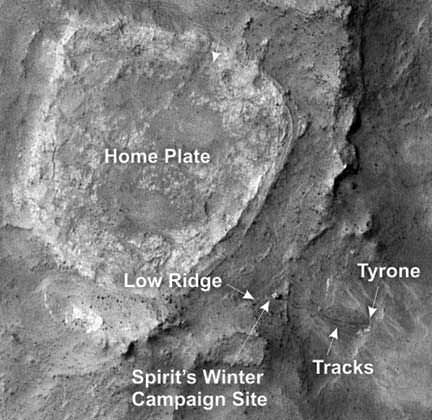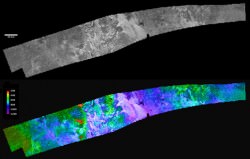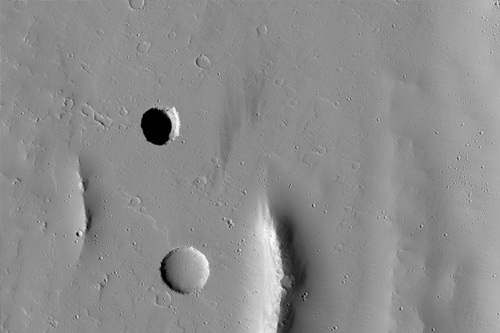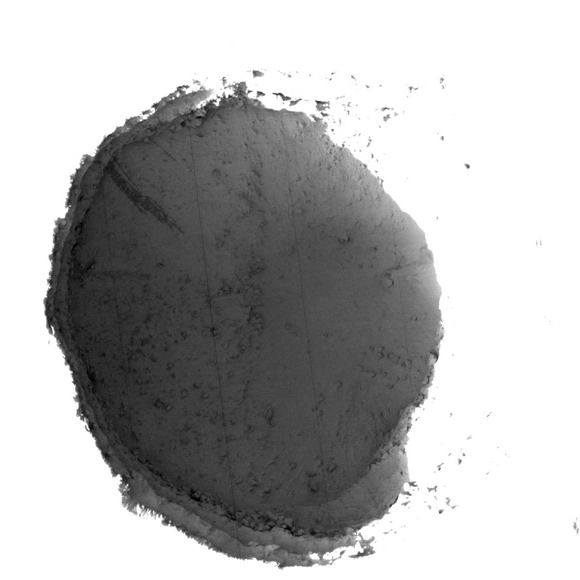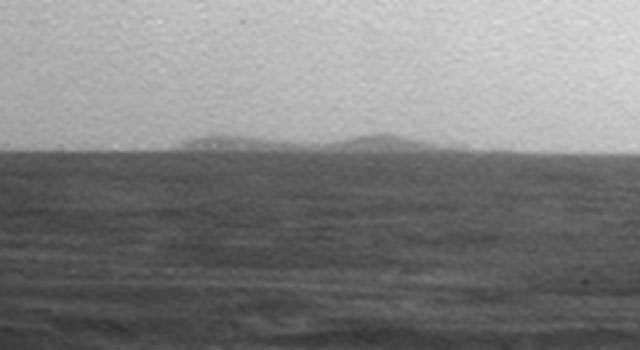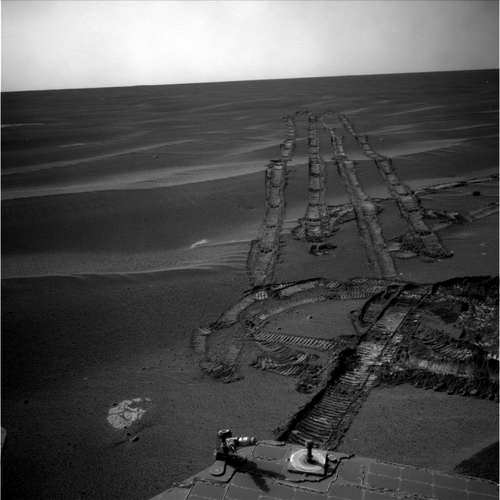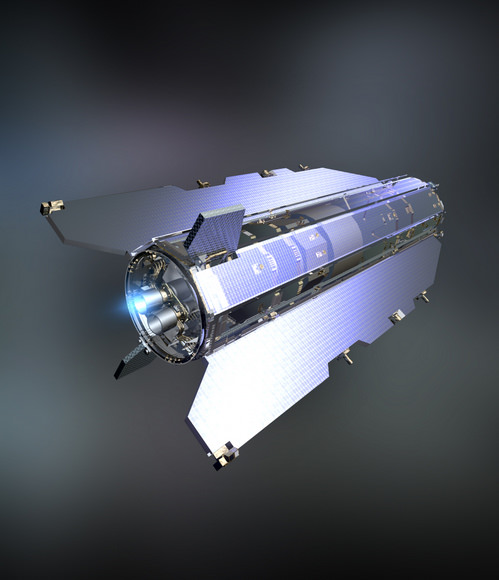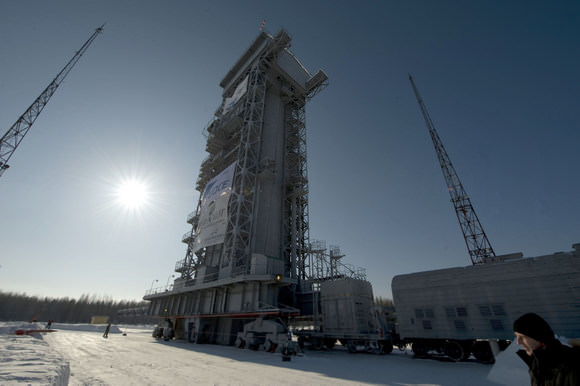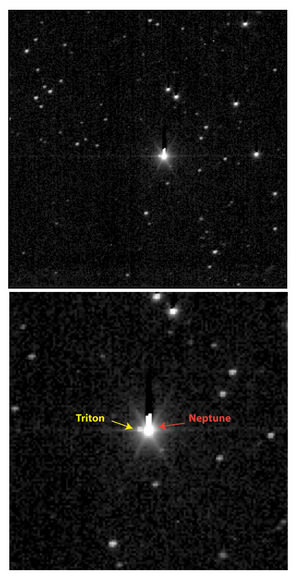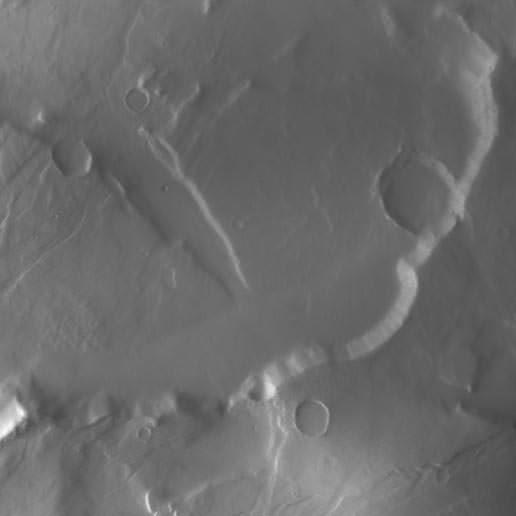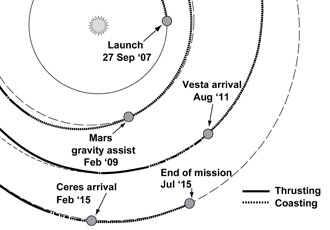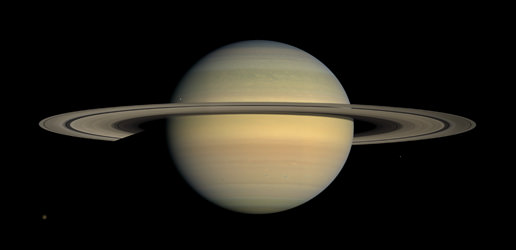[/caption]
ISRO and NASA have recently released some of the latest images taken by the Chandrayaan-1 spacecraft orbiting the Moon. Above, Chandrayaan 1 looks back at Earth, and fittingly, India is at the center of the image. And here’s a link to another similar image, taken about an hour earlier. Below, are images taken by the Mini-SAR, the imaging radar instrument that NASA has tagging along on the Chandrayaan-1 orbiter. “The new radar images are not only visually arresting, but they will be extremely useful in unraveling the complex geological history of the Moon as a whole,” said Dr. Paul Spudis, principal investigator for Mini-SAR. “We are hard at work finishing the calibration of our instrument, which is required in order to make definite statements about the nature of the radar backscatter signature, the tell-tale sign of the presence or absence of water ice.”
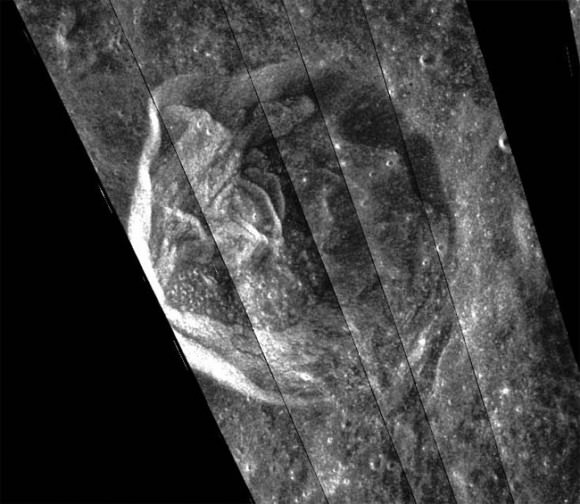
As you can see, the Mini-SAR gathers data in strips as it orbits the Moon, which are later assembled to create larger images. This composite shows Rozhdestvensky K, a moderately sized (42-kilometer [26-mile] diameter) impact crater on the southern rim of the larger crater Rozhdestvensky, near the moon’s north pole. These Mini-SAR images show massive slumping, as result of wall collapse caused by gravity. NASA says these images demonstrate that Mini-SAR images will be of great value in deciphering the geological evolution of the moon.
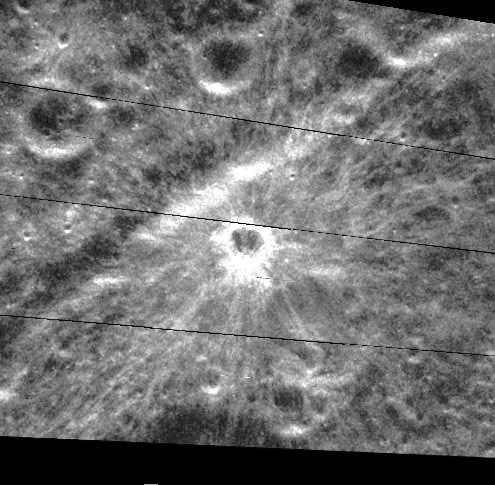
Here’s a very young, fresh impact crater (3 kilometers [nearly 2 miles] in diameter) on the western limb of the moon near the crater Sylvester, taken by the Mini-SAR instrument aboard India’s Chandrayaan-1 lunar orbiter. Fresh features on the moon display “radar bright” (i.e., high backscatter) material around them. This is caused by the presence of very fresh ejecta, which includes many angular blocks and rough material. These deposits are the cause of high radar backscatter.
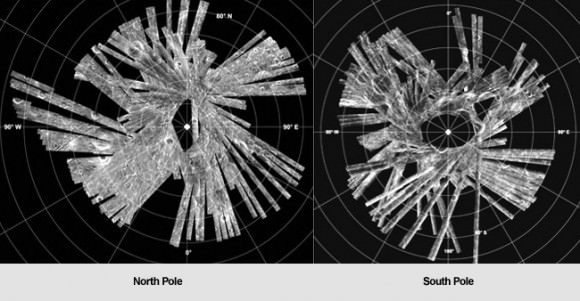
Coverage maps of the Mini-SAR experiment aboard India’s Chandrayaan-1 lunar orbiter as of mid-March 2009. Mini-SAR has mapped about 80% of both of the moon’s poles. The polar excluded zone is a consequence of the side-looking nature of the instrument; these zones will be filled by both scatterometry (in which the instrument views the moon straight downward at low resolution) and high-angle SAR, in which operators roll the spacecraft 9 to 12 degrees to look at areas closer to the ground track.
For more images check out ISRO’s Chandrayaan-1 webpages, and NASA’s Mini-SAR site, and for more detail about the Mini-SAR images, check out Dr. Spudis’ blog.

